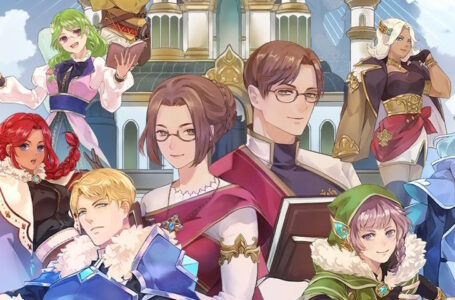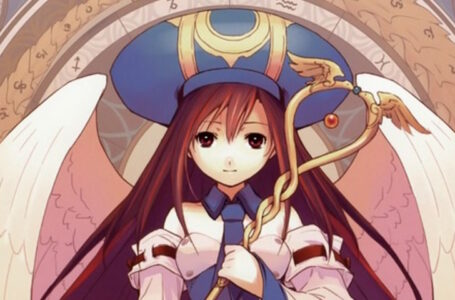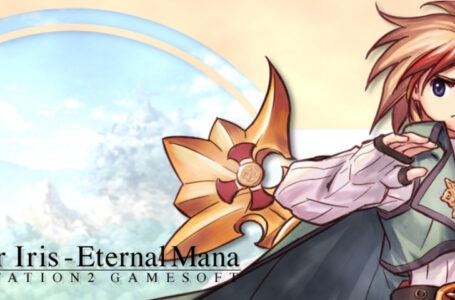Blue Reflection: Second Light provides a masterclass in LGBT love
I’m just going to go ahead and say this: a lot of supposed “representation” of LGBT+ individuals in modern gaming still kind of sucks. And part of the problem behind this is the fact that so much of this supposed “representation” often ends up feeling like it’s the result of some sort of corporate-mandated diversity initiative rather than included as an organic, natural part of the creative process — or worse, a transparent attempt to stir up social media “engagement” with some sort of provocative “ooh, I bet the dudebros are gonna be mad there’s a gay person in this”.
There are exceptions, of course. Quite a few indie games handle LGBT+ matters fairly well, even if the revelation of a narrative-centric indie game protagonist — shock! — actually being gay and/or trans has arguably crossed the line into being a bit of a cliché at this point. To give specific examples here would be to spoil the narratives in question to a certain degree, so I’ll refrain from that right now.
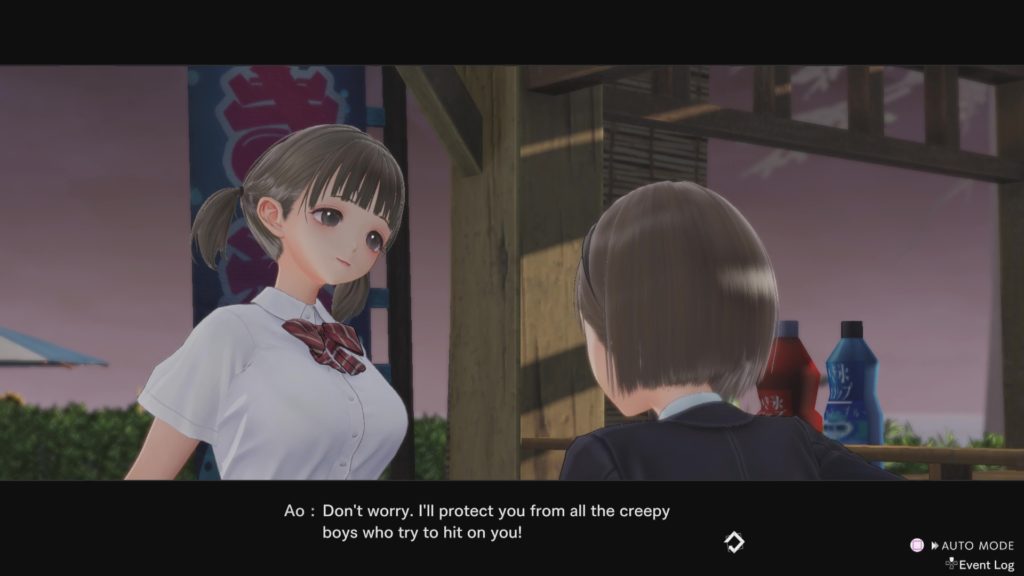
But in some ways, that’s part of the problem, really; why should it be a “spoiler” that a character is LGBT+? This perspective effectively asserts that being straight is “normal” and that anything outside that is somehow “unusual” or “other”. In many ways, we can say that the bigger a deal we make of a character being LGBT+ — anything seen to be outside of that “norm” — the further away we get from actually normalising the existence of LGBT+ people in today’s society. And the more we use “this character is gay” as a marketing bullet-point — explicitly or otherwise — the more it seems like tokenism rather than a genuine desire to represent the full spectrum of human existence.
There’s an argument to be made in favour of lifting up LGBT+ voices, of course, in that many people who fall into these categories are not comfortable with “outing” themselves to certain parts of their family and friendship groups. To some of those people, having a high profile character that is unashamedly LGBT+ makes them feel heard, represented and appreciated. And that’s important, but there are better ways the same effect can be achieved than we’ve seen in many modern creative works — particularly from western creators.
It might seem kind of strange that Japan, a country not especially known for its society’s particularly progressive attitudes towards LGBT+ people for the most part, plays host to arguably the most prolific community of LGBT-friendly creators in the world — and some of the best LGBT-friendly creative works of all time. But when you consider the concept of counter-culture — and how artists and creative types in general are often on the forefront of counter-cultural movements — it starts to make a bit more sense.
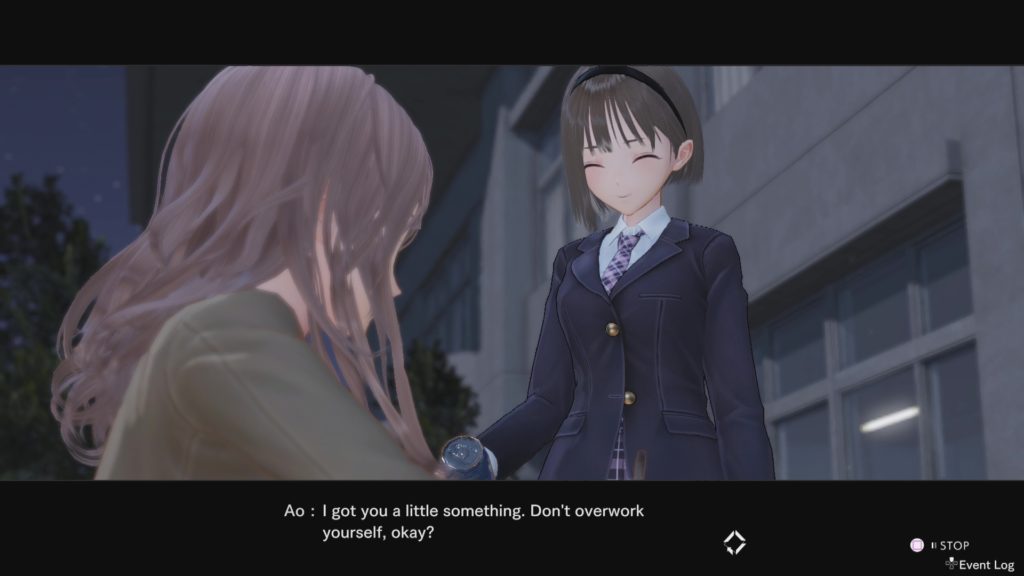
To put it another way, although the stuffy old men in charge of politics in Japan might not be a fan of girls who love girls, boys who love boys and anyone with the slightest hint of fluidity in their gender identity, that doesn’t mean everyone in Japan aligns with their viewpoints. Nor does it mean that those viewpoints will be around forever; the thing about old men is that they eventually die off, and they get replaced by new people. And the thing about counter-culture is that it often indicates the way the wind of change is blowing as time goes on.
So what does this have to do with Blue Reflection: Second Light? Quite a bit, actually, since both the original Blue Reflection and Blue Reflection: Second Light are part of the magical girl tradition, which has long been associated with matters both feminist and LGBT-friendly.
Writing for Nippon.com in 2015, Akiko Sugawa from Yokohama National University suggested that the growth of the magical girl movement in Japan from 1950 onwards — and particularly its golden age in the ’80s and ’90s — was a response of the women’s liberation movement in Japan, as well as the country’s 1985 Equal Opportunity Act.
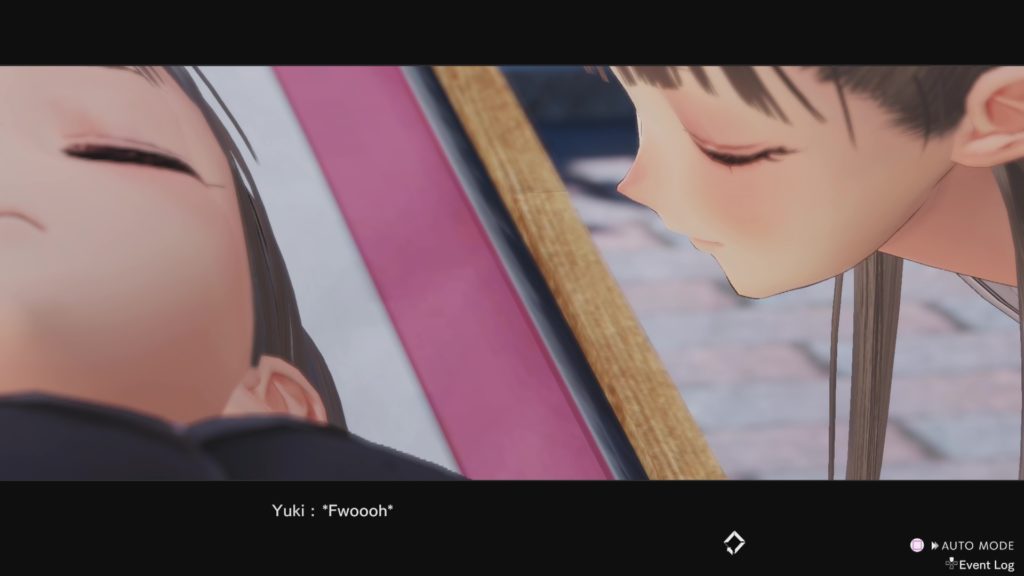
In other words, magical girl media had always been part of Japanese counter-culture, or at the very least an acknowledgement that things should and could be changing in terms of long-held, outdated attitudes towards gender and sexuality. And the genre’s increasing willingness as the years have gone on to explore deeply personal and intimate relationships between same-sex partners is an important part of that.
Blue Reflection: Second Light is one of the most notable examples of this in recent memory, since while the whole thing is drenched in the same sort of yuri atmosphere that all-girl casts in anime-style creative works perpetually exist in, there’s one character in particular who is openly gay. And not in a flamboyant, in-your-face, “hey, guess what, I’m gay, let’s kiss now” sort of way — it’s just part of who she is. And the way in which this is revealed to the player is beautifully handled.
A core part of Blue Reflection: Second Light’s narrative is, as we’ve previously talked about, how most of the main cast have lost their memories of their past lives. Much of the game involves delving into the various cast members’ “Heartscapes” and gradually uncovering the truth behind some key moments in their life — the time before they were spirited away to the strange other world in which the game takes place.
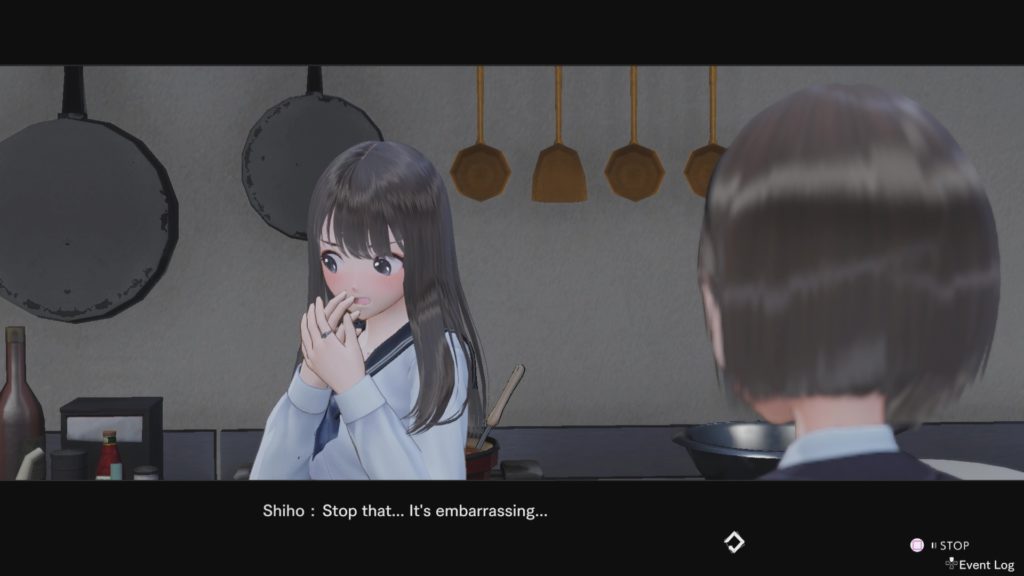
Naturally, part of those memories that the cast members lost would have been their relationships with other people — and indeed on numerous occasions we see how individuals whose lives were once intertwined have to effectively re-learn how important they were to one another. This isn’t necessarily a romantic thing — though it can be interpreted that way in more than one instance — but in one specific case, it absolutely, definitely is. Because she says so.
“I was in love with [redacted],” she says without hesitation, before going on to describe the heartache she felt at never receiving a satisfactory answer to her confession from the object of her affections. It’s a beautiful moment, because not a single person from the assembled cast responds to this revelation with a clichéd anime-style “Eeeeeehhhhh?! But you’re both girls!!” — instead, there’s a quiet moment and a pleasingly understated sort of “…oh” response to it all; a feeling of acceptance, that this is a perfectly normal thing to admit.
This is an important example of good LGBT+ representation, because it shows people being immediately and unquestioningly supportive of an individual, and not treating them any differently just because of their sexuality. It without a doubt takes great courage for the character in question to admit her emotional attachment to the one she loves — even though everyone with her has literally seen her memories laid bare before them — and the fact no-one makes a big deal of it is hugely important.
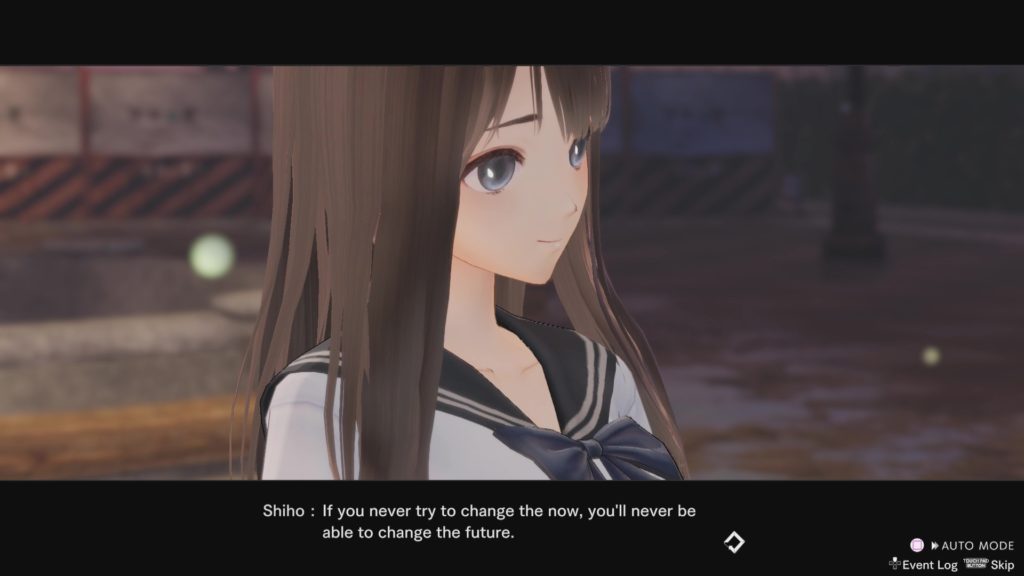
One could argue that this revelation is used to pull a sort of “surprise! She’s gay!” narrative moment of the kind we’ve criticised above — but really, there’s a key difference here. The character never brings her sexuality up prior to this point because it has never been relevant to their situation; at the time we join the story, the girls have been living together for a short period and are still establishing their “amnesiac” relationships with one another. On top of that, they’re all more concerned with survival than who they might want to hold hands with — and as such it’s only natural that the subject never came up until it was unavoidable.
We can safely assume that the character in question was aware of her sexuality even in her amnesiac state, since despite losing the specific memories of their past lives, all the cast members’ overall senses of identity and individual personality traits remain in place. No-one changes who they are drastically even after uncovering their memories; their life just suddenly makes a bit more sense once again.
As such, the character in question’s sense of sexual identity was almost certainly immutably in place even without her memories of her lost love — and this, of course, should prompt us to question ourselves as the audience. If we had assumed that she was heterosexual by “default”, why had we made that assumption, and what gave us the right to do so, particularly given that the game is, as previously noted, already drenched in such obviously yuri atmosphere?
There is still doubtless a great deal of work to be done in terms of LGBT+ representation in gaming in general — but works like Blue Reflection: Second Light set a great example for how this can be handled well without feeling tokenistic or patronising. Here’s hoping that other developers and creative types can learn something from that example — and, indeed, that Blue Reflection: Second Light gets the attention it deserves for its solid handling of the subject matter.
Join The Discussion
Rice Digital Discord
Rice Digital Twitter
Rice Digital Facebook
Or write us a letter for the Rice Digital Friday Letters Page by clicking here!
Disclosure: Some links in this article may be affiliate links, which means we may earn a small commission if you make a purchase after clicking on them. This is at no additional cost to you and helps support Rice Digital!
- Letter from the Editor: passing the torch - June 30, 2023
- Super Woden GP 2 is looking promising - June 30, 2023
- Inti Creates is making a 32 bit-style Love Live action platformer - June 26, 2023




